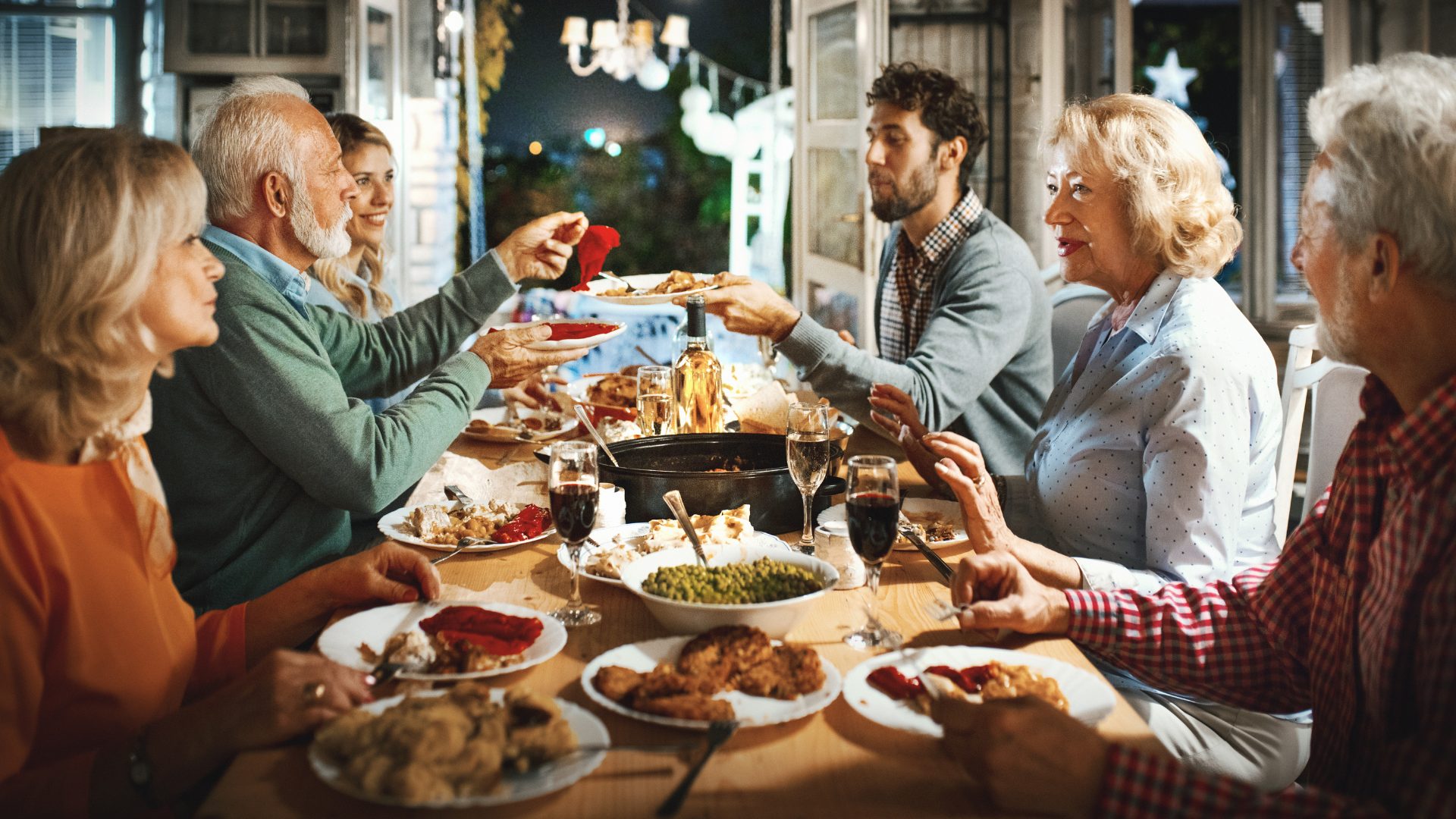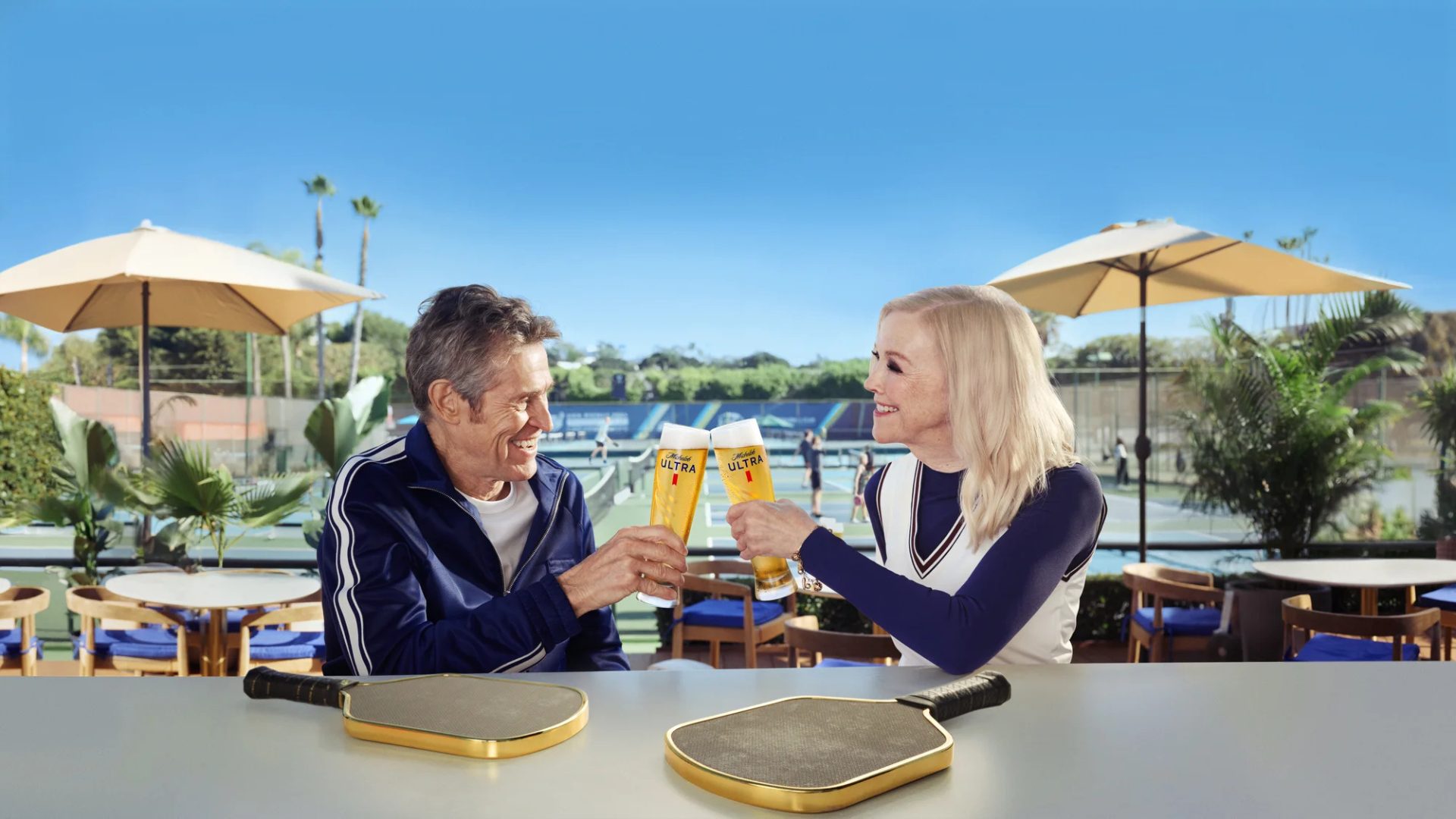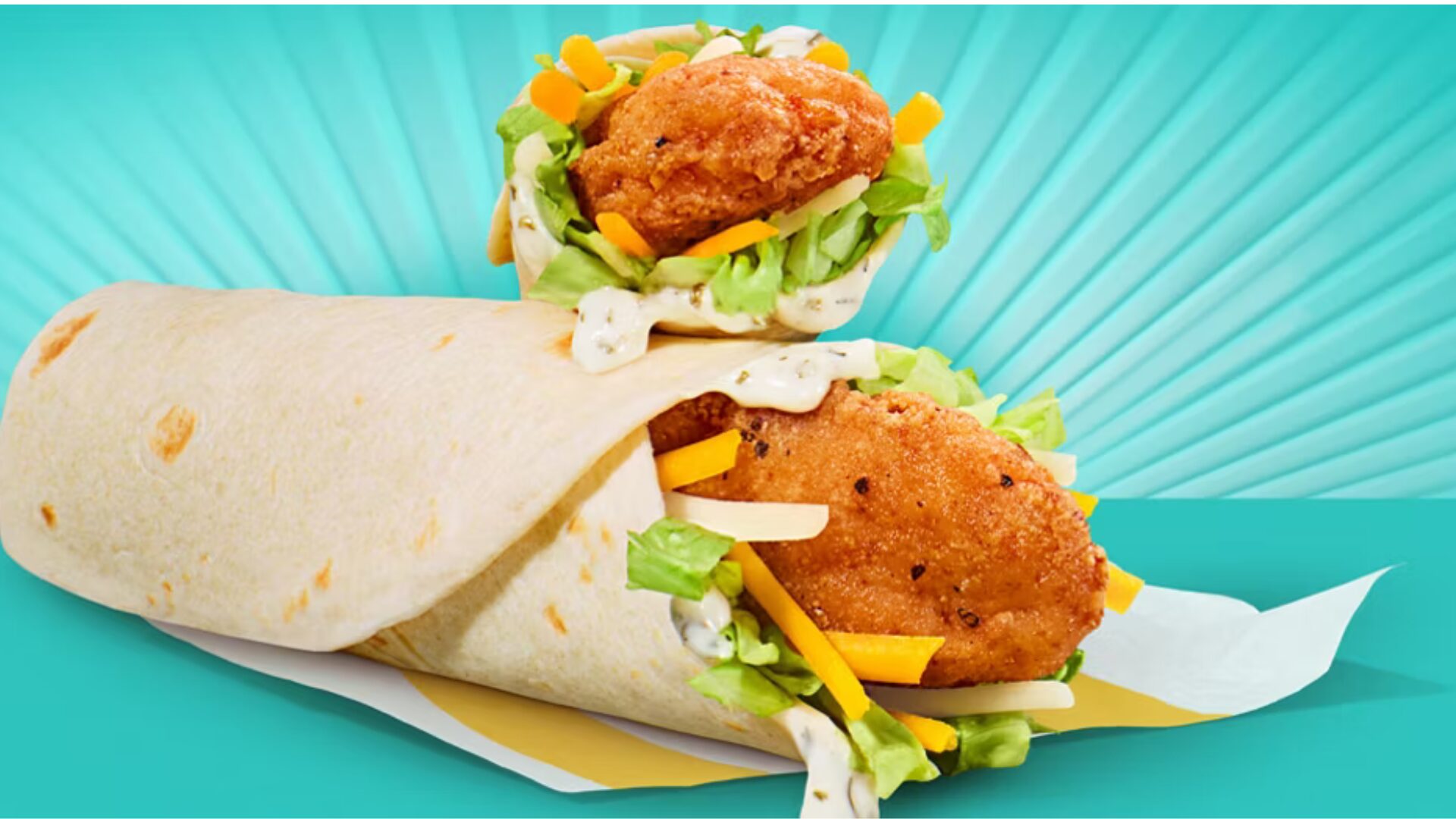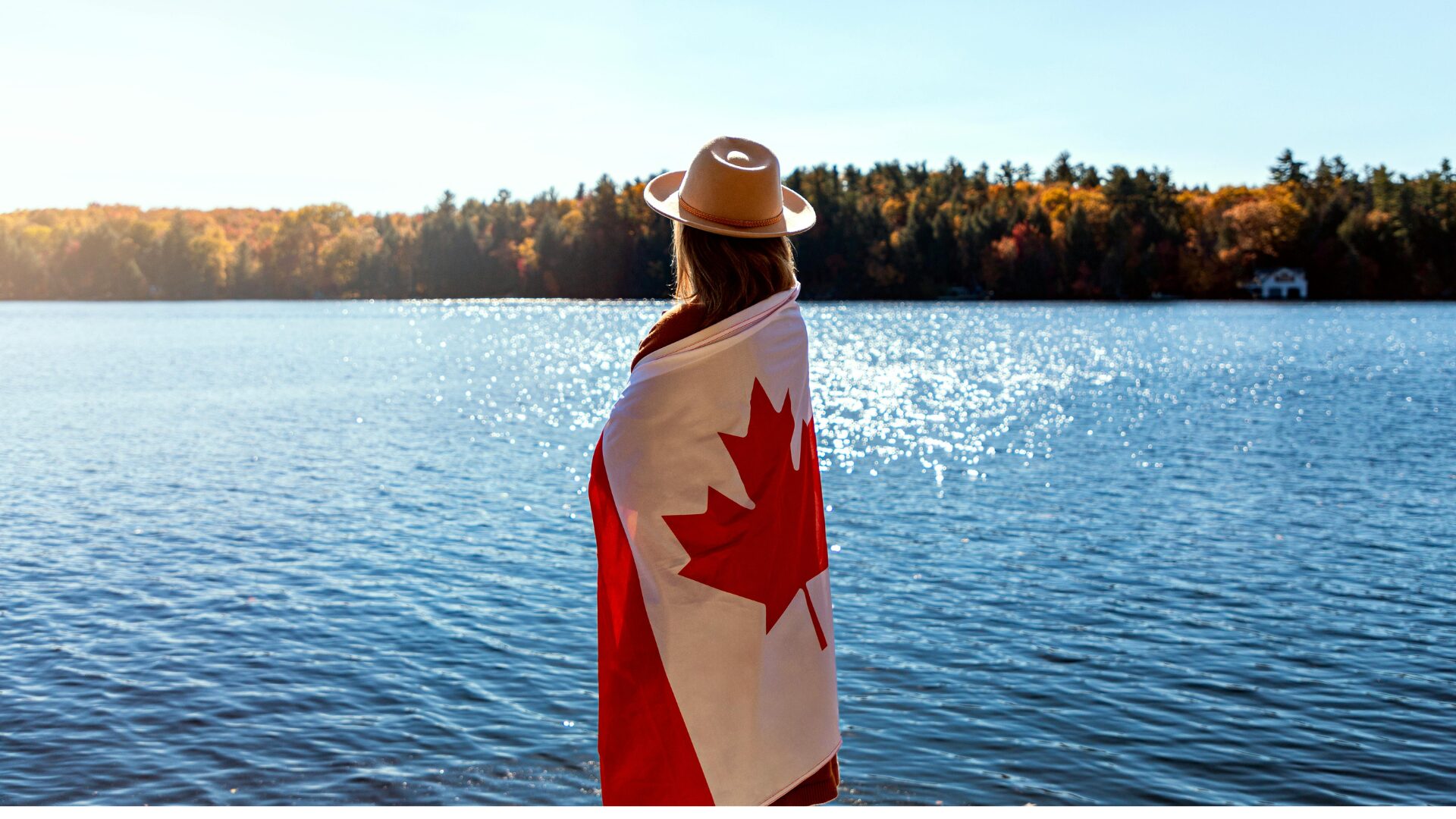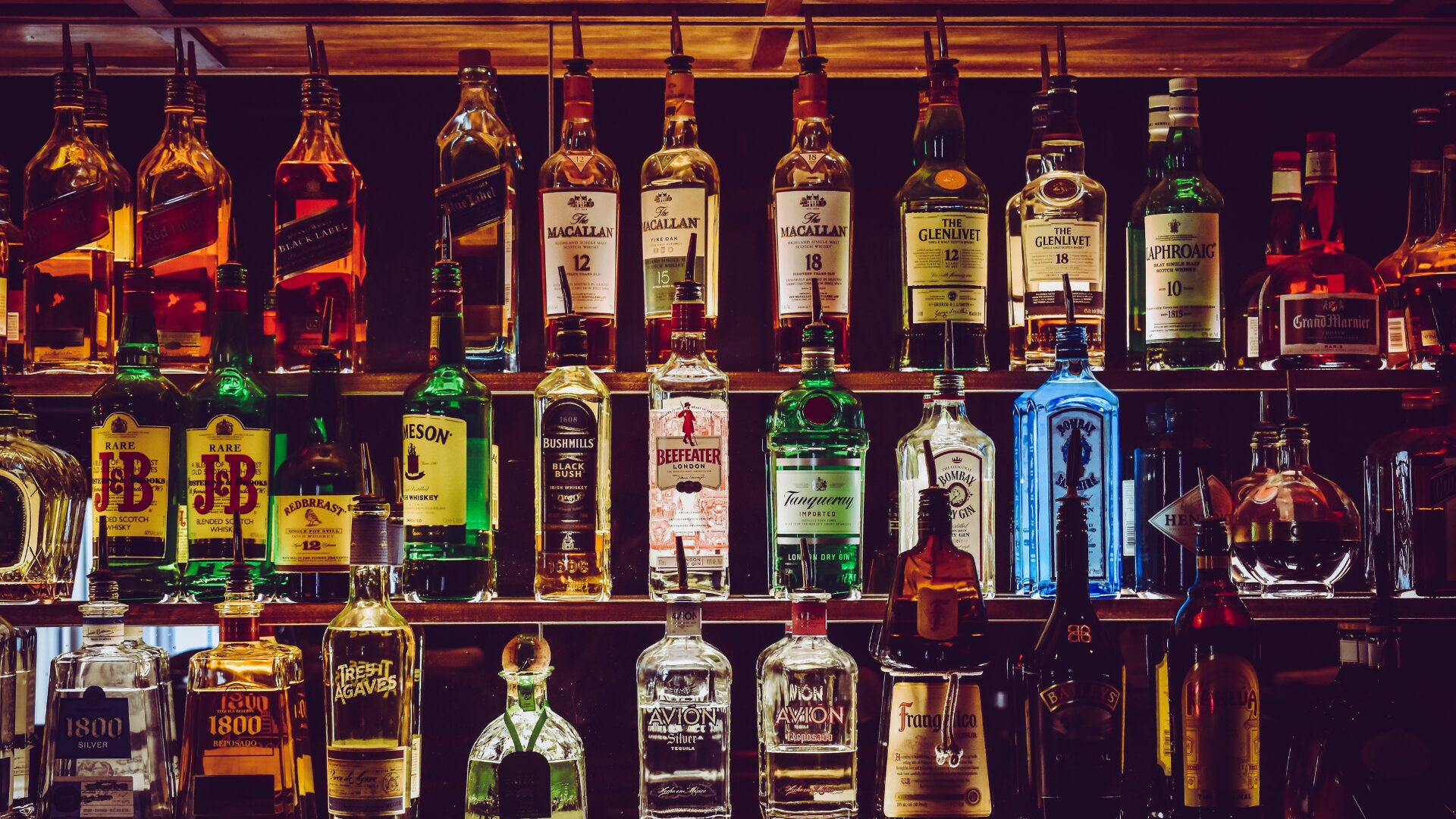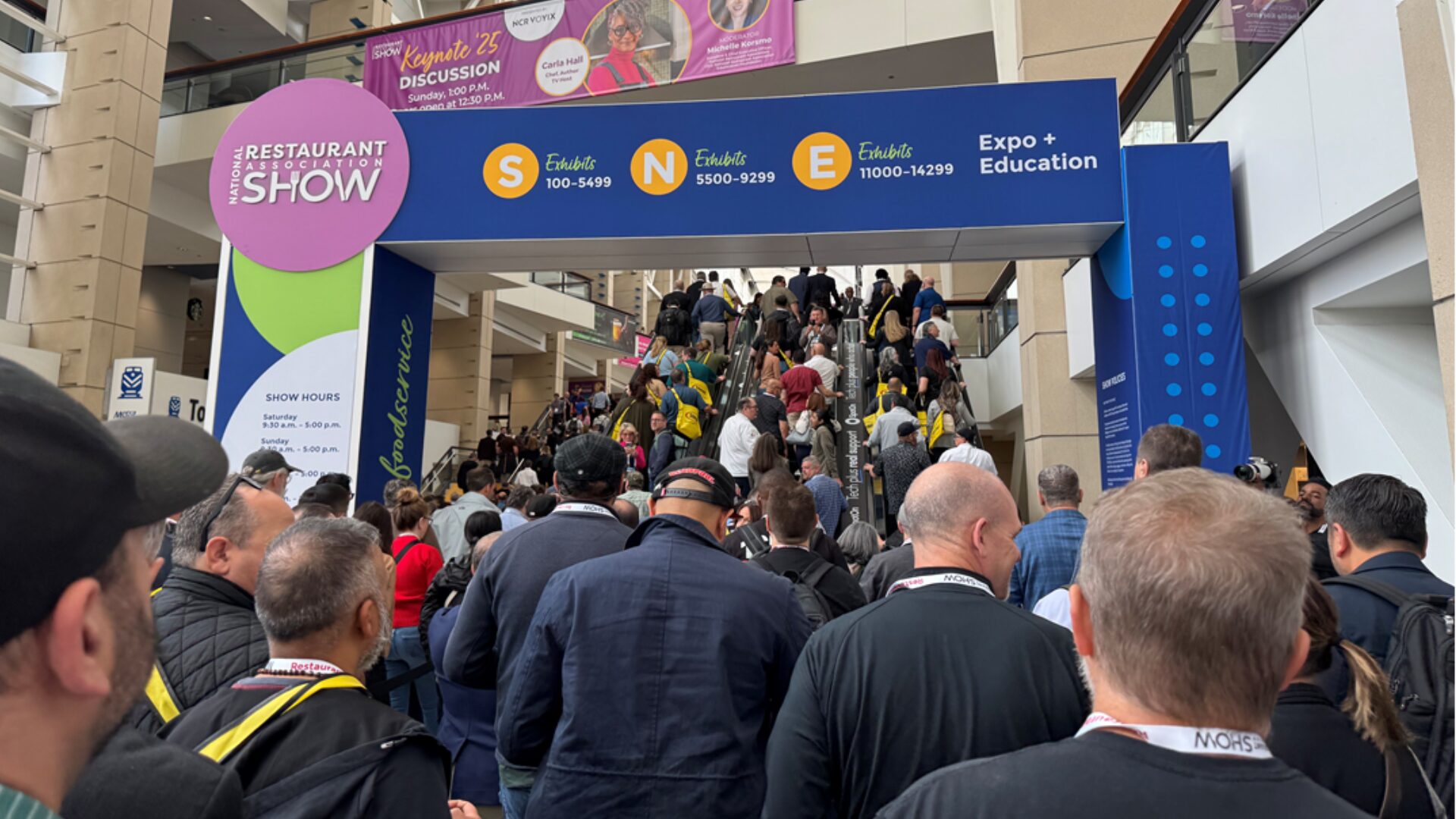Amid fluctuating consumption trends and rampant inflation, alcoholic beverages are defying some CPG trends.
Here are a few key takeaways from IRI’s 2022 Midyear Alcohol Update, which highlights noteworthy developments and growth strategies for the beverage alcohol category.
Keeping the Party at Home
While on-premise consumption is showing signs of recovery, the restaurant industry continues to face inflation and labor challenges, along with ongoing unpredictability.
These factors, paired with comparatively moderate price increases for beverage alcohol, are pushing many consumers to keep their drinking occasions closer to home.
“Consumers are looking to indulge and create entertaining experiences at home, and retailers should emphasize premium products and products with unique attributes in this space.” said Scott Scanlon, executive vice president of the beverage alcohol vertical at IRI, in a company press release.
Better-For-You Traction
As consumers adopt healthier habits, better-for-you (BFY) options are also gaining traction in the alcoholic beverage aisle.
Categories including low- and no-alcohol, lower calorie and lower sugar have seen dramatic sales gains in recent years. June 2022 dollar sales for the combined BFY spirits, wine, and beer segments grew 20.1% year over year, while low and no-alcohol varieties saw a 6% increase during the same period.
Benefit-driven beverage options, including added caffeine, enhanced energy and hydration “plus” also present opportunities in the alcoholic beverage space.
As the report notes, 13.2% of consumers are looking for new food and beverage products that “provide an energy boost,” up from 11.7% last year.
Innovation Strategies
With 78% of meals currently being prepared at home, versus 48% pre-pandemic, there are significant opportunities to promote and recommend alcohol pairings for meal enhancement — but innovation is critical.
Many of the best-selling beverages in IRI’s 2022 New Product Pacesetters leveraged BFY claims with other points of differentiation, including unique flavors, premiumization, and influencer partnerships.
For instance, in the canned cocktail space, hard seltzer variety packs have held a significant dollar sales lead over individual flavors. Themed and limited release packs also continue to trend.
While seltzer sales are leveling off after a period of hyper growth, younger shoppers are making the larger share of beer and spirits seltzer purchases, while premixed cocktails are more likely to appeal to consumers over the age of 45.
Meanwhile, e-commerce traction gains relative to brick and mortar are most notable in the wine and spirits categories, with April year-over-year online dollar sales up 2.9% and 2.4%, respectively.
As IRI notes, savvy brands can leverage the power of retailer websites to target their most valuable customers with personalized promotions while monitoring pricing, tracking and distribution.






